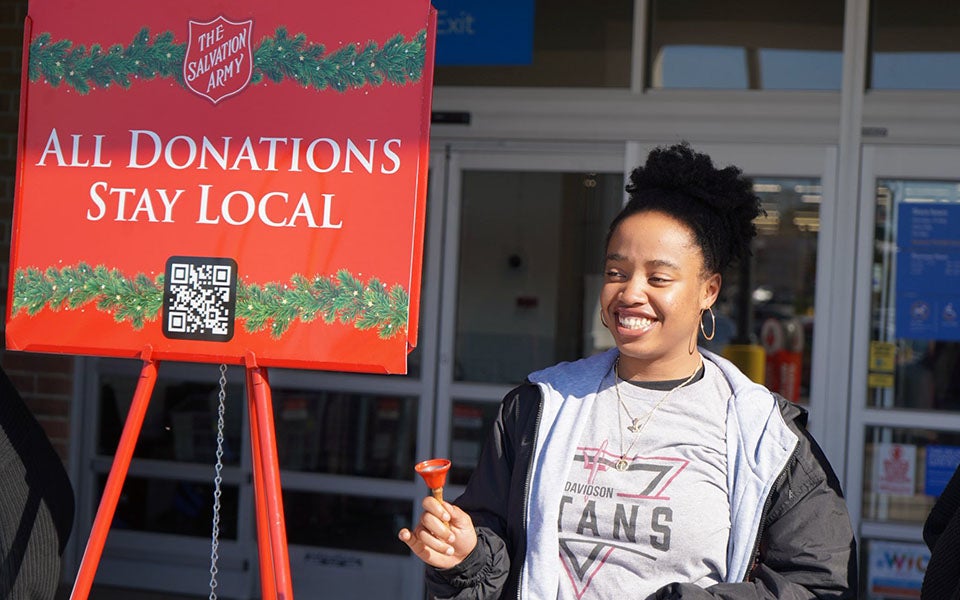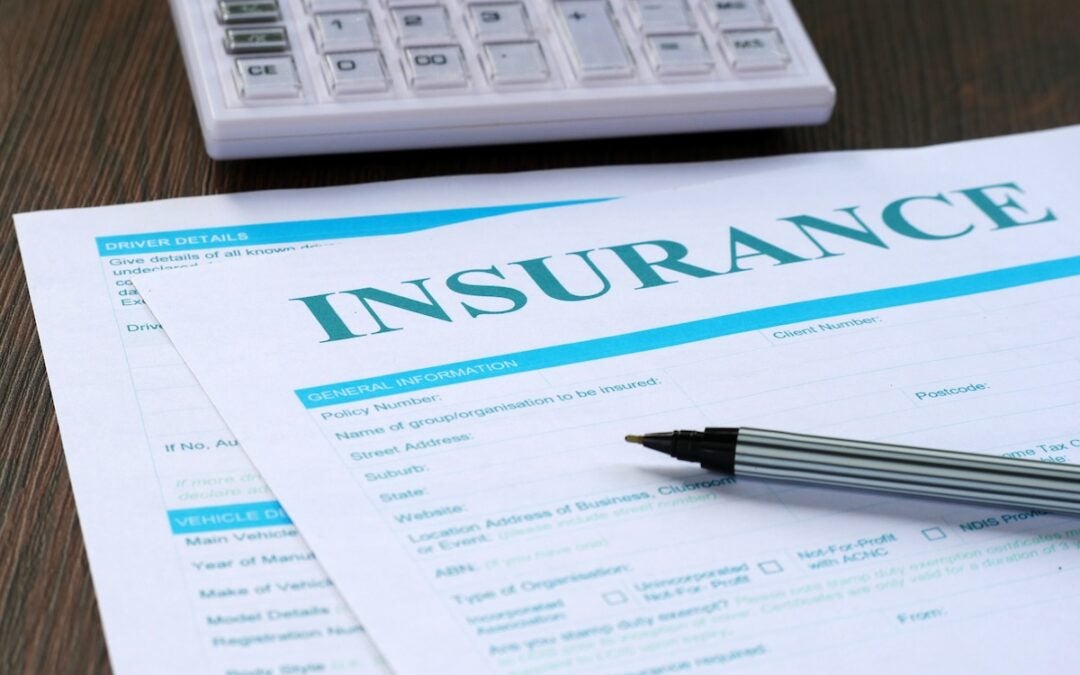Over the last 16 years of my career in commercial real estate, I can only think of a handful of transactions that involved subleases. Even less often can I recall seeing a sublease of a sublease.
I have always wondered why subleases were not used more by tenants and brokers. Pretty much every lease I have ever been involved with or reviewed for someone had a provision for the tenant to be able to sublease the property, but rarely was the provision ever considered or used. So, I thought it might be helpful to offer some information on what subleases are and how they work.
First, a sublease is a lease between the current tenant and a replacement tenant. The landlord is involved but typically only on a limited basis. The replacement tenant will pay rent to the original tenant who will then pay rent to the landlord. How the sublease is structured varies widely and is often governed by the original lease between the landlord and original tenant.
Subleases should be considered when a tenant cannot continue to lease the property, no matter the reason. In residential leases, the reason for the sublease could be that the tenant lost his or her job or took a pay cut and needs a cheaper place. In commercial property, perhaps the tenant is not using all of the building or wants to have a co-tenant who compliments the existing tenant’s operation.
[adrotate banner=”23″]
Subleases are more common than one might think. When someone leases an apartment and brings in a roommate to help pay the rent, while not necessarily in writing or approved by the landlord, that is a type of sublease. When a hair salon rents its building and then leases out chair space to other hairdressers, they have entered into a form of sublease.
Subleases do have some pitfalls. Not all leases allow a sublease. While I have never seen one, some leases don’t even address the issue at all, which can leave both landlord and tenant in a legally murky area. Often the original tenant is still on the hook for the rent if the replacement tenant doesn’t pay. Also, fees are usually charged for processing or drafting the sublease, whether it be paid to the landlord or a lawyer.
The most common challenge of a sublease occurs when the replacement tenant’s rent is lower than that of the original tenant, causing the original tenant to have to pay the difference. There are very rare circumstances where the tenant may make money on a sublease; however, usually a portion or all of that profit goes to the landlord.
[adrotate banner=”19″]
With the COVID-19 pandemic causing offices and retail spaces to close or shrink their footprint, subleases have become more popular. Subleases on commercial spaces are a great way for tenants to find a deal. The rental rates are usually lower and the lease terms shorter, meaning subleases offer greater flexibility.
Always seek professional help when engaging in real estate transactions. In my personal experience, most tenants need a competent commercial broker or lawyer to handle sublease paperwork. Never enter into a sublease drafted by a landlord without a professional you trust reviewing it. As with any lease, a good deal can quickly become a bad deal if the sublease document is not vetted properly.
Joe Edge is the real estate columnist and Publisher for The Augusta Press. Reach him at joe.edge@theaugustapress.com
[adrotate banner=”17″]








